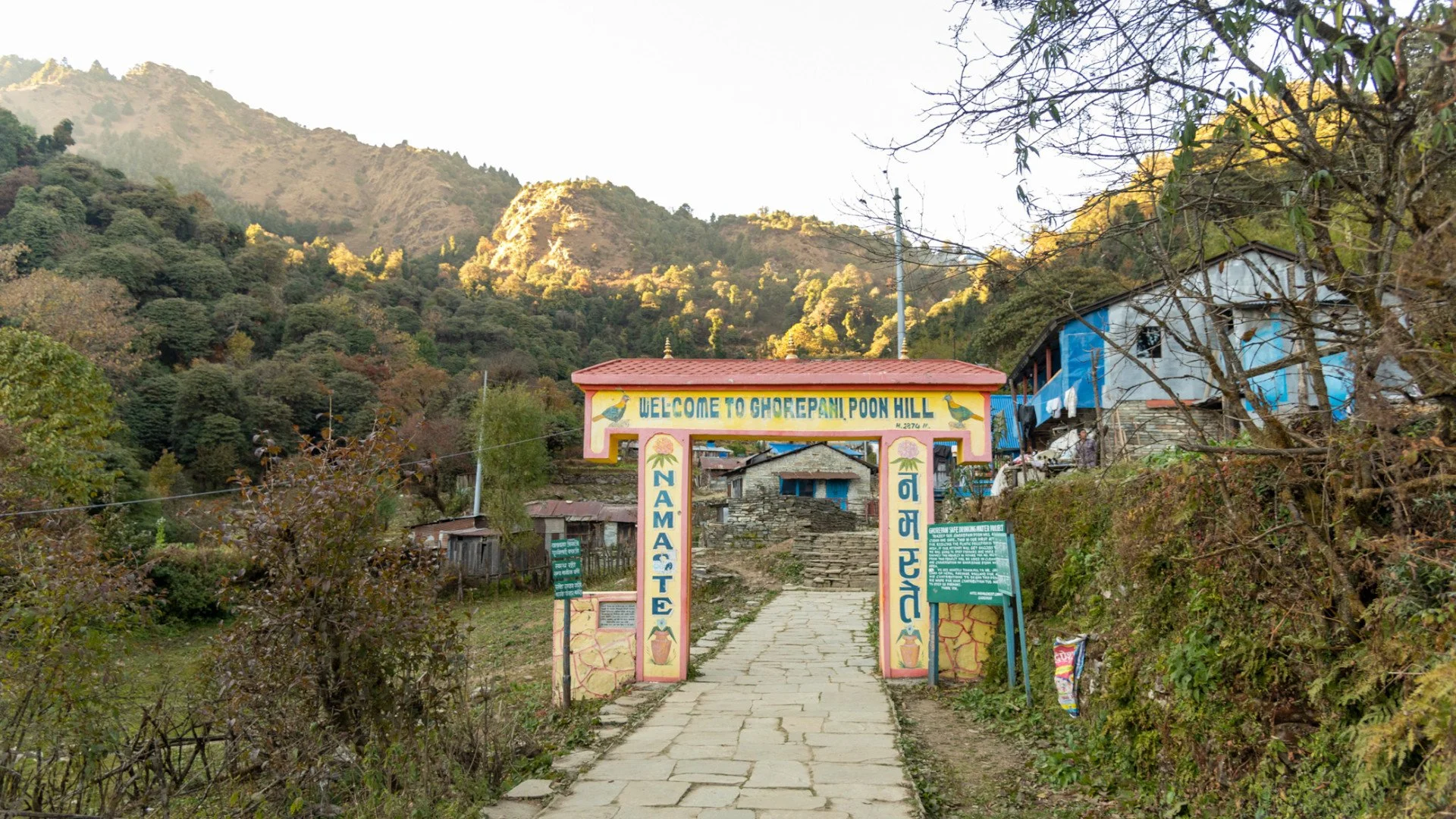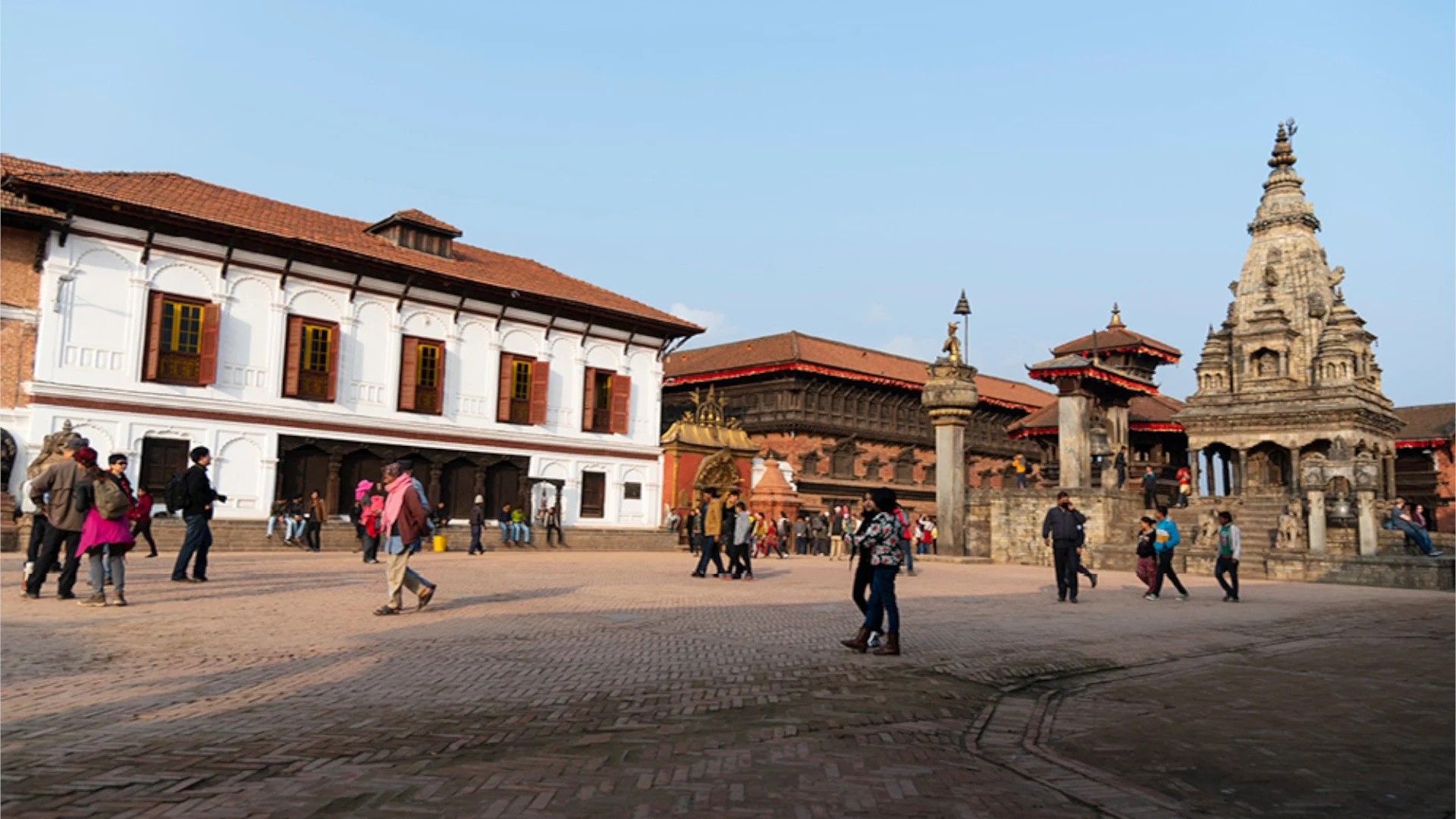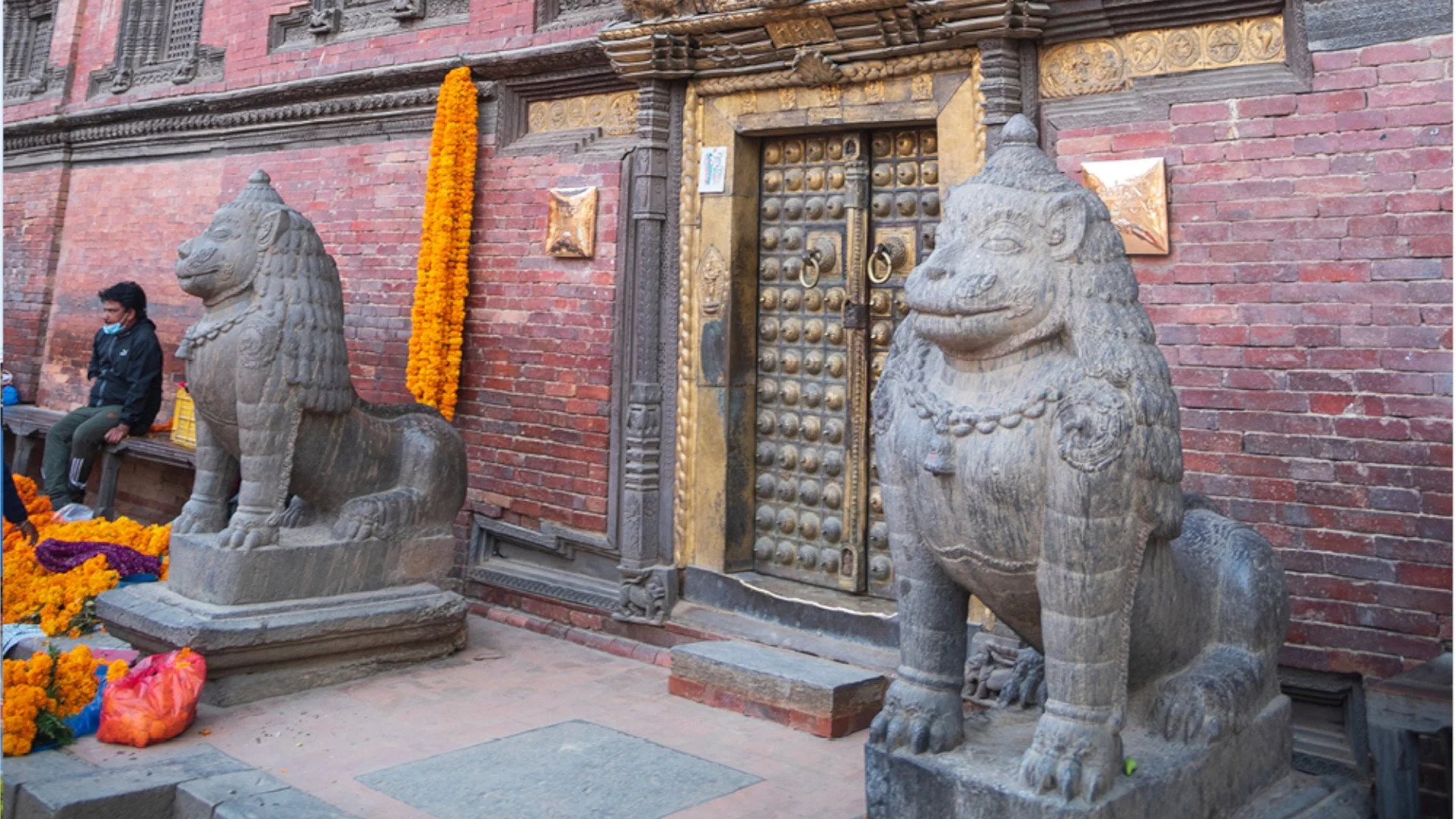Witnessing the sunrise from Poonhill is something hard to explain. It's an experience that shoots a bolt down your spine, and with the first rays of light, you learn to see the good in your bad. The journey to this hill is a challenge, but it is not impossible.
Viewing entries in
nepal travel guide
The Kathmandu Valley is an ancient city, parts of which are still left to be studied. It is abundant of stories and artefacts from decades and centuries ago, waiting to be told. The museums of the valley do exactly that; giving a sensation of reflecting and reliving the history through details and artefacts that come from its history.
Museums are the storytellers of history. They don’t just tell the stories through written and recorded but make a home for details of various arts, antiquities and remains of a bygone era. The Kathmandu valley is home many of these beautiful spaces which house the lineage and history of this nation.
While walking down the narrow allies of Newar dwellings, you might hear the phrase, Bhimsen maharaj ki jaya (Cheers to Lord Bhimsen). His name is invoked by his patrons while lifting heavy weights or before a trading venture. Worshipped by both Hindus and Buddhists, he holds a special place in the pantheon of Newar deities.
The Newar pantheon features a multitude of deities. It is a diverse array of gods and goddesses of both Hinduism and Buddhism. Amongst them is Lord Bhimsen, worshipped by the households with the occupation of trade and commerce. Revered as the god of wealth and physical strength, he also has a festival known as Bhimsen Jatra. How he entered our pantheon is foretold by a legend, something that I, like other Newars, grew up with as a classic bedtime story.
The mouthwatering delicacy known as Yomari is a staple in Newari households. Traditionally prepared during the Newar month of Thinla, which coincides with the Gregorian period of December, the treat is a homage first presented to the deity Annapurna Devi. It is prepared in a similar shape in most Newar households but in a peculiar manner in the community of Pucho.
Amongst the various deities of the Kathmandu Valley, Karunamaya holds the highest rank. He is known by multiple names such as Bunga Dyo (God of Bunga), Aryavalokitshwor Padmapani and Rato Matsyendranath. He is revered by citizens of both the Hindu and Buddhist faith. One of the most elaborate chariot festivals in the world happens annually in his honour.
Bibah Panchami, the day that marks the marriage of Lord Ram and Goddess Sita, is a beautiful festival of the Mithila Culture hosted every year in Janakpur, the Mithila capital. On this day, a week-long reenactment of the marriage is done with grand celebrations of the deed that frameworks the ancient Mithila culture and its history.
The act of Shankadhar Sakhwa is more than of selflessness and grace. His wit and faith did not just bring him good fortune but also to the former kingdom of Kantipur.
Shankadhar Sakhwa also known as Sakhwal is the founder of the Nepal Era also known as Nepal Sambat. This man’s story is an epitome of how wit is more powerful than strength.
The festive flair in Nepal never dies. The diversity of various ethnicities and their traditions go on throughout the year. Amongst such festivities, Chhath is the largest festival in the Madhesh community. The celebrations last for a total of four days. During which, devotees worship the sun god and various other deities and pray for prosperity and longevity.
The Nepalese people have always been praised for their strength, hospitality and profound culture. With the introduction of tourism into this country, the people never failed to share these aspects with the world. Now that we are open after a grueling period of almost two years, we are all set and ready to give you a lifetime experience.













